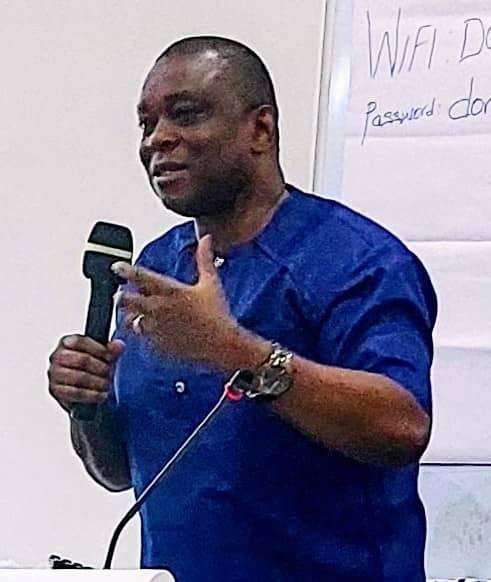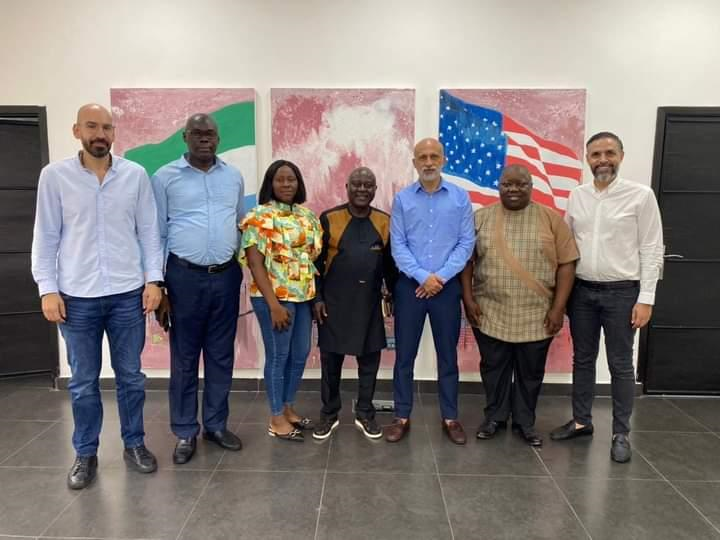Mobile data revenue in Sub-Saharan Africa will increase twice as fast as mobile voice revenue in 2012–2017
14 February 2013 – Telecoms markets in Sub-Saharan Africa (SSA) will be increasingly driven by mobile data during the next five years, because growth in the number of mobile subscribers will slow and voice revenue growth will decline as markets mature and the impact of regulatory and competitive shifts hit voice pricing. According to Analysys Mason’s new forecast for the region, The Sub-Saharan Africa telecoms market: trends and forecasts 2012-2017, the number of mobile subscribers will increase at a 7% CAGR during the next five years, reaching 727 million subscribers in 2017. Mobile voice revenue will increase at a 4% CAGR, while non-voice revenue will increase 50% faster, at a 6% CAGR.
Regulatory and market forces will put sustained pressure on mobile voice pricing in SSA
Mobile voice has long been the largest source of revenue for operators in SSA, representing 82% of all mobile retail revenue at the end of 2011. However, pricing has been on a downward trajectory during the past five years because of the continued declines in mobile termination rates (MTRs) and more-intense competition – and we expect this will continue during the forecast period (2012-2017). Newer users are also extremely price sensitive and tend to have lower usage rates, and this combination of factors leads us to predict that mobile voice revenue growth will slow. We forecast that while the number of mobile handsets will increase at a 7% CAGR during 2012-2017, mobile voice revenue will only increase at a 3% CAGR. Tanzania and Uganda – which have the lowest mobile penetration rates among the countries modelled in our forecast – will have faster mobile voice growth than the SSA market overall, at 6.5% and 4.9% CAGR respectively in 2012-2017. Mobile voice will represent 73% of mobile retail revenue in SSA at the end of the forecast period.
Smartphones will remain too expensive for the mass market in 2012-2017
Operators such as Airtel, Etisalat and MTN are bringing 3G to secondary cities and upgrading their networks to HSPA+ across SSA, with particularly strong investment in Nigeria. These investments will help drive growth in handset data, which will be the main driver of revenue growth for mobile operators in SSA during 2012-2017. Handset data will generate more revenue, while USB modem-based mobile broadband will grow faster than handset data, because it is starting from a much lower base. PC penetration is relatively low in SSA, so most people access the Internet via handsets. Smartphones will become more affordable during the forecast period, but they will still be too expensive for the mass market, and will only account for 16% of handsets by 2017. This means that operators will need to work with content owners to ensure users can consume content on simple feature phones.
Lower pricing will help drive growth in SSA broadband markets
SSA lags behind the rest of the world in fixed and mobile broadband penetration, with only 1% population penetration at the end of 2011 (note that mobile broadband does not include Internet access via handsets). This is because PC penetration rates are low, and high prices have made broadband services unaffordable for most people. The lack of international capacity has been addressed with the landing of numerous submarine cables during the past few years, and operators have begun laying fibre to bring that capacity inland. This has helped reduce the price of broadband services, and subscriber growth has followed. We expect this to continue, with the number of mobile broadband subscribers increasing at a 22% CAGR between 2012 and 2017, and the number of fixed broadband subscribers increasing at a 28% CAGR. The pricing gap between mobile and fixed broadband is narrower in SSA than in the rest of the world because of the shared requirement for Internet transport, but mobile technologies – including HSPA, HSPA+, CDMA and WiMAX – will be the primary technology used to deliver broadband services during the forecast period. Operators are unlikely to expand their fixed infrastructure outside their existing footprint, or invest to improve quality, meaning mobile will be the only option for most Internet users. Mobile will comprise 71% of all broadband connections by 2017.
Analysys Mason’s latest Sub-Saharan Africa forecast report provides subscriber, revenue and traffic forecasts for seven key countries and for the region as a whole, for 2012–2017. For further information, see http://www.analysysmason.com/SSA2012.
Article by Roz Roseboro, Principal Analyst at Analysys Mason
Stay with Sierra Express Media, for your trusted place in news!
© 2013, https:. All rights reserved.






